6 Tips for visiting Kyotos Monkey Park Iwatayama
Iwatayama Monkey Park is a park located in Arashiyama, Western
Kyoto, Japan. The park is situated on Mt Arashiyama. There are over 170
Japanese Macaque monkeys also known as ‘Snow Monkeys’. The animals are wild but
you can purchase food for 100 Yen to feed them. The humans are in 'the cage', not the monkeys. Admission Fee for adults is 550
yen and 250 yen for a child under 15 years.
To get there we visited the Bamboo Forest first and then kept walking along the Bamboo trail where it eventually looped to a river. We followed the river to the 400 year old Togetsu-kyō Bridge, where we crossed to get to the park.
 |
| The 400 year old Togetsu-kyō Bridge |
 |
| Scenery on the other side of the bridge |
My tips for the Monkey park are below.
1. Wear
good walking shoes and pack a water bottle
This is indeed a mountain you are climbing in every sense of
the word. The Monkey Park is situated at the top of Mt Arashiyama. It’s a very
steep (almost vertical) 20-30 minute walk straight up. There are rest stops every so
often (you will need them). Being of average fitness, it was ok, but I was
puffed out by the time I reached the top. I even 'trained' prior to my visit so I could
tackle this climb.
As you go up the mountain, you will see more and more monkeys.
Pay attention to the signs regarding not staring at them or showing teeth.
These are wild monkeys.
There are stairs but you can avoid walking on these most of
the way as there is a flat trail bit if you prefer not to walk up steps.
There is no other way to get to the top of the Mountain except
walking. I would not advise if you are very unfit, unwell, have very young kids
who can’t walk far or well, or very old. It is a strenuous climb up hill.
Primary school aged kids would do fine going up the hill. Very young children
would struggle a bit – but if you take your time it would be ok.
If you are moderately fit, you will have no problems climbing this
mountain.
 |
| The climb up to the top of the Monkey Hill |
2. The
view at the top of the Mountain is worth it!
Not only do you get to see and feed the monkeys – the view
over Kyoto is superb. You can see for miles.
3. Don’t
go on a rainy day
Not only is a rainy day miserable to be climbing a mountain,
there is no shelter at all going up the Mountain until you get to the top. Also, on a
rainy day you won’t have much of a view either of Kyoto from the top.
5. The
Monkeys are not in a cage! Heed the warning signs
Once you get to the top of the mountain you will see many more
monkeys. Make sure you follow all the signs including:
1. Do not look into the monkeys eyes
2. Do not take photos up close. Stay 2 meters away from the monkeys
3. Do not show your teeth
4. Do not touch the monkeys (even in the human ‘cage’). They can scratch you as they grab the food.
5. Only feed the monkeys inside the human cage.
2. Do not take photos up close. Stay 2 meters away from the monkeys
3. Do not show your teeth
4. Do not touch the monkeys (even in the human ‘cage’). They can scratch you as they grab the food.
5. Only feed the monkeys inside the human cage.
Disobeying these rules might mean that the monkey turns
aggressive towards you – remember they are not in a cage!
The park rangers however not only watch the monkeys – they
also watch the humans and they watch out for people disobeying the rules. Do
not feed the monkeys outside the human cage.
Watch your kids with the Monkeys. They are unpredictable.
Make sure your kids don’t accidentally get too close or accidentally step on one.
They can bite to defend themselves.
4.
Feeding the Monkeys! They prefer fruit
Once you get to the top of the hill you can feed the monkeys.
There is a little ‘hut/enclosure’ where the humans are enclosed in a ‘cage’ and
you can feed the monkeys from inside there. The monkeys remain ‘wild’. I must admit this was an
unusual experience for us. Generally the wild animals are in the cage.
The monkeys are in general quite friendly and happy to take the food you offer them. For 100 yen you have the choice of apples or peanuts. Just from observing the monkeys they seem to prefer the fruit (apples).
 |
| The Hut at the top where you can safely feed the monkeys. The Monkeys are wild and come up to the grilled windows. |
The monkeys are in general quite friendly and happy to take the food you offer them. For 100 yen you have the choice of apples or peanuts. Just from observing the monkeys they seem to prefer the fruit (apples).
To avoid overfeeding you are only allowed to purchase one bag
of food per person. Also, you are only allowed to feed the monkeys food bought
from the shop.
I observed many people touching the monkeys when feeding them
(touching their hands whilst exchanging food). However, I would not recommend this –
the signs say don’t touch them and there are communicable diseases you can get
from monkeys, although the monkeys are more likely to get sick from you! There
is a basin to use hand sanitiser and to wash your hands afterwards.
This was a fun and enjoyable experience. You get up
close to the monkeys and feed them through a cage – and you are totally safe
inside. As you are feeding them, you actually form a bond with them as you are
connecting over the food. Some Monkeys have preferences, some monkeys fight,
some are gentle, some are very fussy with food (even to the extent of knocking
the peanuts away as they want the fruit!). It is great to be up close with the
monkeys. This was 11 y.o daughter A.J’s favourite experience on our holiday –
until we went to Nara Deer park where there were even friendlier animals.
We probably spent about 2 hours at the top of the mountain,
and then walked down. It is not strenuous walking down, just steep the entire
way. You climb down a different pathway for part of the way back down.
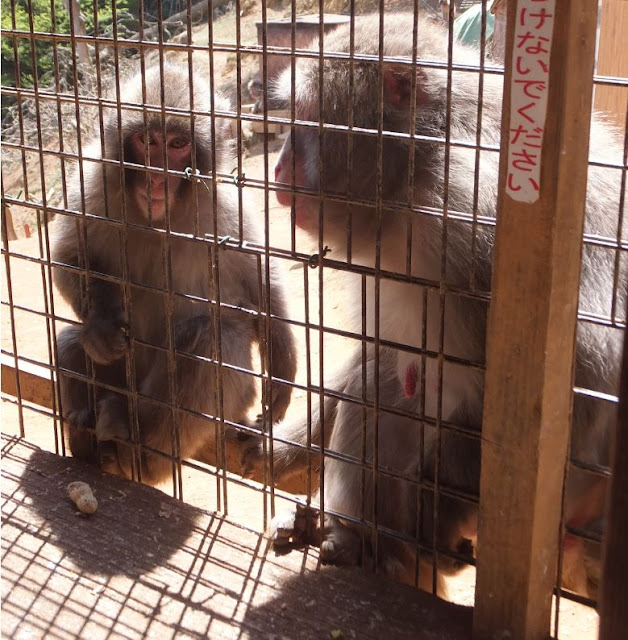 |
| Feeding the Monkeys Peanuts |
5.
Restrooms?
There is a rest room at the top of the mountain and at the
entrance to the park.
6. Can I
see baby monkeys?
Yes, babies are there from April to June. The Park rangers document all the babies that are born.
We really enjoyed our day at the Iwatayama Monkey Park. The
scenery was superb – very green with a breathtaking view over Kyoto. It was a very
interesting experience feeding the monkeys – getting acquainted with a few and
finding yes, they really do prefer the fruit. Prior to the Monkey Park we
explored the Bamboo Forest which I definitely recommend.
 |
| Baby Monkeys are around April until June |
After we finished at the Monkey Park we went to explore the
town of Arashiyama. Arashiyama is a very scenic little town – full of Kimono
shops and very interesting places to eat. There is also a Kimono Forest – a
free attraction at Randen Arashiyama Station.
Although I had read about this
place – we literally stumbled across it! There are around 600 pillars of Kimono
that are in the Kimono forest. The Kimono forest looks better at night in
photos, but it was definitely worth a look. The place is lit up after sunset
nightly. There is also a dragon fountain midway which is guardian of the
station.
 |
| The Kimono Forest is right next door to a train station! |
 |
| Downtown Arashiyama |
I hope
you enjoyed reading about my tips for visiting Kyoto's Monkey Park. If you would like to
comment please do so in Comments as I would love to hear about your experiences
and or feedback.
Please
follow us on Facebook: www.facebook.com/themeparktravelguide
You can also subscribe directly to this blog. I publish weekly, on a Wednesday.
Subscribe to Theme Park Travel Guide by Email
You can also subscribe directly to this blog. I publish weekly, on a Wednesday.
Subscribe to Theme Park Travel Guide by Email
Read more about:
Until
next week,
KJ
I am also on Instagram www.instagram.com/sotaram1
Twitter: www.twitter.com/sotaram1
KJ
I am also on Instagram www.instagram.com/sotaram1
Twitter: www.twitter.com/sotaram1
This
site may contain affiliate links. When you click on a link, we receive a
small percentage of an affiliate sale without any cost to
you. Thank you for your support!
This
Website is neither endorsed nor affiliated with any Disney Park or Universal
Studios park worldwide. This website is unofficial. To avoid disappointment
please always check the official websites for current details of rides etc. Please
read my full Disclaimer here.



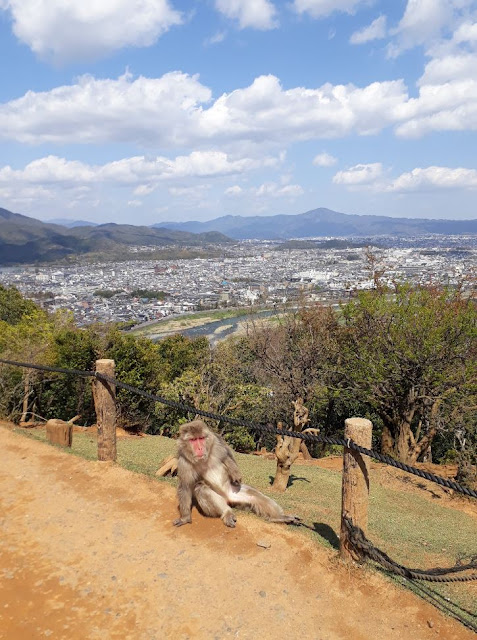
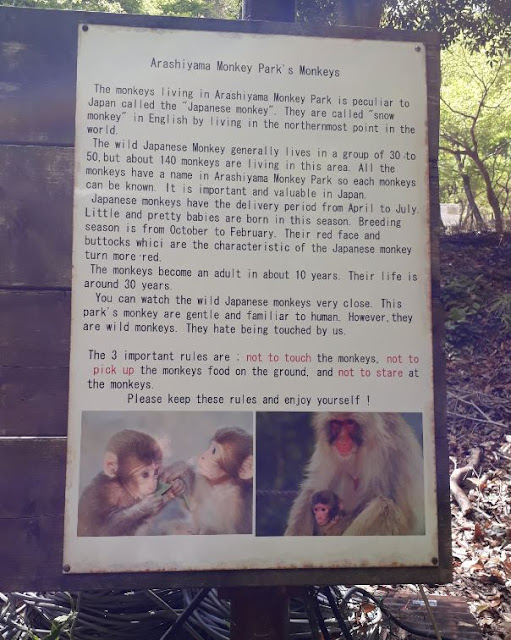



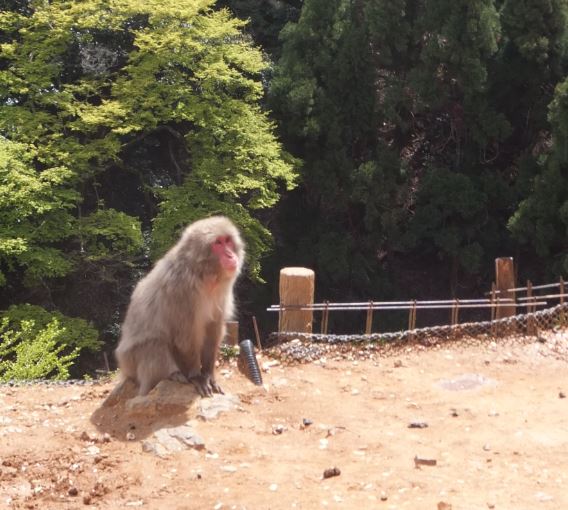

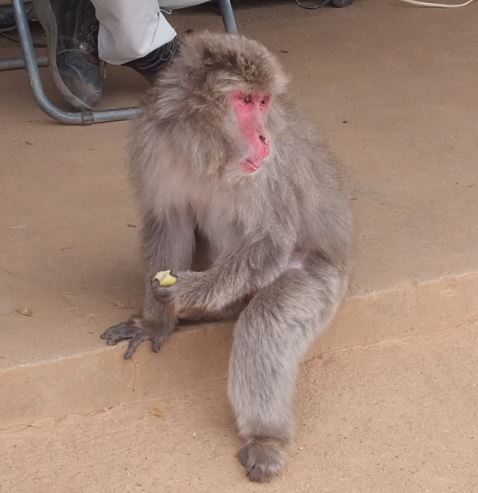

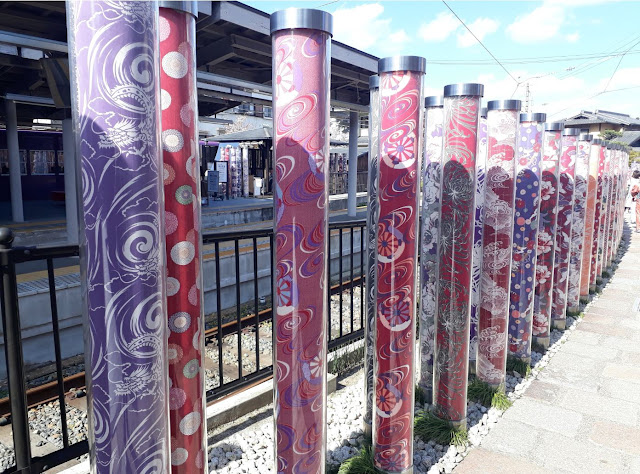







Comments